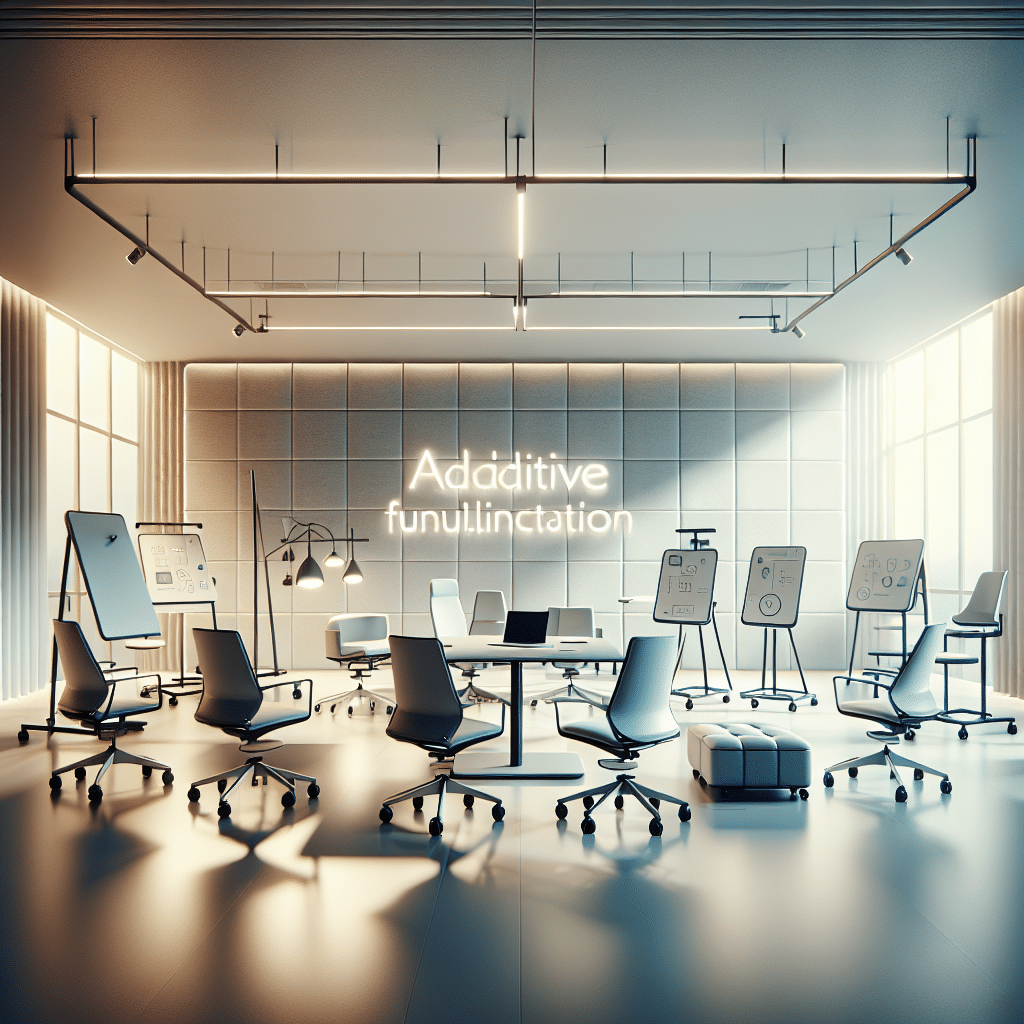The Importance of Choosing the Right Office Furniture for Multi-Purpose Rooms
Understanding Multi-Purpose Rooms
Multi-purpose rooms are versatile spaces designed to accommodate various functions such as meetings, training sessions, collaborative work, and social events. Selecting the right office furniture for these dynamic environments is crucial, as it not only enhances productivity but also impacts the overall aesthetic and functionality of the space.
Key Considerations for Office Furniture
When selecting furniture for multi-purpose rooms, several factors should be taken into account:
-
Flexibility and Modularity
- Modular Furniture: Modular furniture systems allow for easy reconfiguration, enabling you to adapt the space to different needs. Look for chairs and tables that can be easily rearranged to facilitate group work or individual tasks.
- Foldable and Stackable Options: Furniture that can be collapsed or stacked reduces clutter when the space is not in use. Foldable tables and stackable chairs make storage simple without sacrificing style or comfort.
-
Ergonomics
- Supportive Seating: Ergonomic chairs promote posture and comfort, especially during long meetings or training sessions. Opt for chairs that offer adjustable height, lumbar support, and armrest options.
- Height-Adjustable Desks: Standing desks or height-adjustable workstations allow users to switch between sitting and standing, promoting movement throughout the day and enhancing overall well-being.
-
Durability and Material Selection
- High-Quality Materials: Choose furniture made from durable materials that can withstand frequent use. Consider laminate surfaces for tables, which resist scratches and stains, and cushioned, breathable upholstery for comfort in seating.
- Easy Maintenance: Opt for surfaces that are easy to clean and maintain. Vinyl, for example, offers a sleek look while being resistant to spills, making it ideal for multi-purpose environments.
Essential Office Furniture Types for Multi-Purpose Rooms
-
Desks and Tables
- Conference Tables: Large, communal tables foster teamwork and communication. Look for extendable options that can accommodate various group sizes.
- Collaborative Workstations: Incorporate smaller, round tables for brainstorming sessions and casual gatherings. These tables encourage discussion and interaction.
-
Chairs
- Task Chairs: Comfortable, adjustable task chairs equipped with wheels promote mobility. Opt for models with breathable backs for added comfort during prolonged use.
- Collapsible Chairs: For spill-over seating during events, lightweight, collapsible chairs are a practical solution. They can be easily stored and brought out as needed.
-
Storage Solutions
- Mobile Carts: Use mobile storage carts that can serve multiple purposes—ranging from file storage to a mobile refreshment station during meetings. This keeps essential items within reach without cluttering the main space.
- Dressers and Cabinets: Secure storage is essential for maintaining a tidy environment. Consider lockable cabinets to safeguard important documents while also providing space for supplies and equipment.
-
Tech Integration
- Integrated Power Sources: Ensure that tables have integrated power sources and USB charging ports for devices. This feature enhances functionality without overcrowding the workspace with extra cords and connectors.
- AV Equipment: Anticipate the need for audio-visual (AV) equipment. Furniture that accommodates screens, projectors, or video conferencing tools can transform a standard meeting into a highly effective collaborative session.
Aesthetic Considerations
-
Color Schemes
- Brand Identity: Select colors that reflect your brand’s identity while promoting a productive atmosphere. Use neutral tones for versatility with accents that can foster creativity.
- Lighting: Consider room lighting and its interaction with your furniture. Lighter furniture can make a space appear larger, while darker tones provide a cozy, intimate feel.
-
Design and Style
- Contemporary Trends: Embrace modern design trends that align with your office’s ethos. Incorporate sustainable materials to enhance eco-friendliness.
- Personalization: Encourage a sense of ownership by incorporating elements that reflect your organization’s culture, such as artwork or defined spaces for team collaborations.
Arranging Furniture for Optimal Flow
- Zoning: Design your multi-purpose room to include distinct zones for different activities. This may involve clustering desks for work areas while maintaining open space for collaborative conversations.
- Circulation Space: Ensure adequate pathways between furniture to facilitate movement throughout the room. A minimum of 3 feet of clearance is recommended for comfortable navigation.
Maintaining the Multi-Purpose Room
- Regular Updates: Regularly assess your furniture needs and replace or repair items as necessary to keep the space functional and appealing.
- User Feedback: Solicit input from users regarding the furniture and arrangements. This engagement can highlight what works and what requires adjustment, feeding into improved use over time.
Budget-Friendly Tips
- Invest in Key Pieces: Prioritize quality for essential furniture items while considering cost-effective options for auxiliary pieces.
- Sales and Discounts: Take advantage of seasonal sales or clearance events to source high-quality furniture at a reduced price.
- Consider Used or Refurbished Furniture: Refurbished furniture can offer excellent value without compromising on quality. This approach is also a sustainable option for resource-conscious organizations.
Choosing the right office furniture for multi-purpose rooms requires careful consideration of flexibility, ergonomics, durability, and design. By tailoring the furniture to the specific needs of your work environment, you can foster productivity, collaboration, and a vibrant organizational culture.
